Archaeology breakthrough after human remains found in 2,000-year-old Aztec pyramid
The ancient Aztec civilisation has captured the imagination and intrigue of millions of people across the world. At one point, they were among the most advanced humans on the planet, leading the way in both fields of science and medicine.
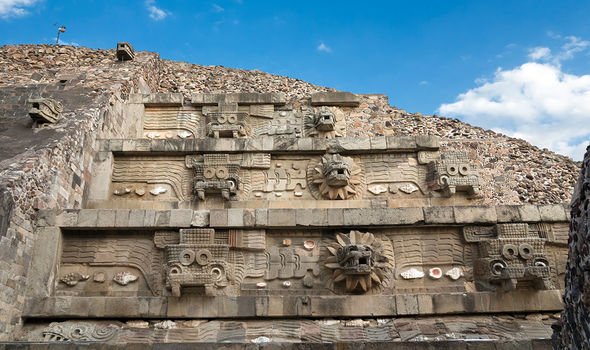
They built great cities for hundreds of thousands of people, creating complex irrigation systems not seen for hundreds of years. But, in the early 16th century, after Spanish invaders reached Central American shores, the once-great civilisation fell to its knees and was lost forever.
The ancient city of Teotihuacan has since been excavated and studied by archaeologists, many travelling from the US and around the world to learn about how the Aztecs once lived and ruled.
One surprising discovery made beneath the largest pyramid in the city, the Pyramid of the Sun, was explored during Discovery’s short documentary, ‘Shocking Artefacts And Human Remain Found In 2000-Year-Old Pyramid’.
Here, archaeologists unearthed a tunnel in the bedrock, at first believing that it was a natural cave. However, on further investigation, they hit a carved out chamber, and beyond it, the remnants of 17 thick man-made walls, built to block access to the tunnel.
At the very end of the tunnel, they fund an elaborate chamber carved in the shape of a clover. Now, the tunnel lies empty, likely stripped of its contents by robbers over the centuries.
But, the discovery under the Sun pyramid was just the beginning: in 2003, a tunnel was discovered beneath the Feathered Serpent pyramid. Then, in 2017, Mexican archaeologist Sergio Gómez uncovered another secret tunnel under the Feathered Serpent pyramid.
JUST IN: Scientists stunned at ‘perfect’ Ice Age discovery: ‘Could have died…
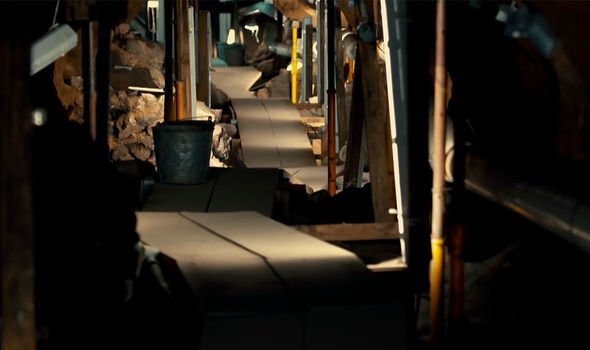
This tunnel appeared untouched by thieves as Sergio and his team discovered more than 100,000 different objects.
He said: “Extraordinary objects, some of them never seen before in any Mexican archaeological exploration.”
Undisturbed for 1,800 years, the objects were found lying exactly where they had first been placed as ritual offerings to the gods. Some of the pieces unearthed included greenstone crocodile teeth, crystals shaped into eyes, and sculptures of jaguars ready to pounce.
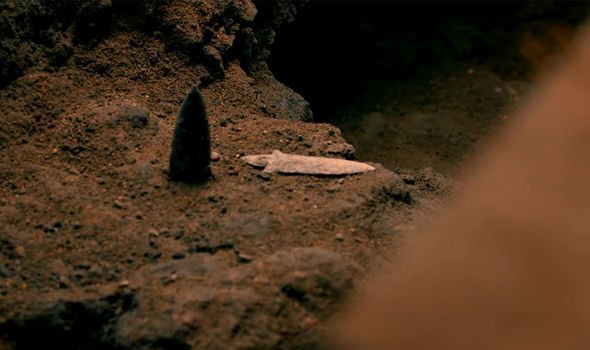
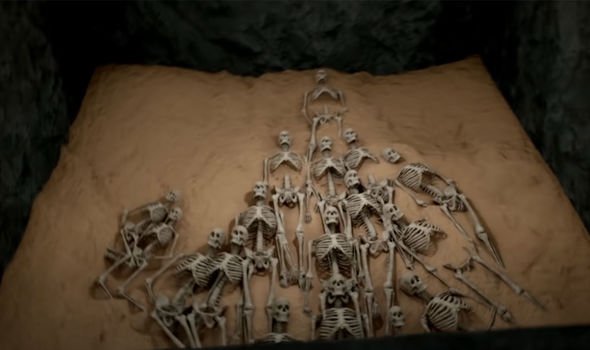
Above the intricate system of tunnels, at the heart of the pyramid, excavations revealed a darker secret: the remains of countless humans. Anthropologist Saburo Sugiyama examined the myriad bones unearthed from the ancient city of Teotihuacan.
He said: “Human bones tell us a lot of things: male, female, how many years they had when they died, how they lived, how they died.”
He believes the bones found may be evidence of gruesome human sacrifice, with the biggest clue coming from the way in which the bones were found. Archaeologists stumbled across them while tunnelling deep inside the body of the pyramid.
Inside the Feathered Serpent’s pyramid, at its centre, is a “dark secret”: 20 skeletons, almost completely intact, carefully arranged in what looks like a “symbolic pattern”.
They were not alone, as, in total, over 260 bodies were found to be built unto the fabric and foundation of the building.
The narrator noted: “The pyramid is a mass grave.”
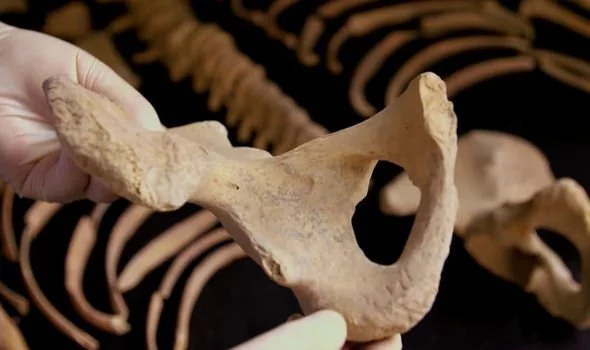
The dead, and the way in which they were killed, can now yield crucial clues about the civilisation and how they lived.
READ ALSO: RESEARCHERS CONFIRM: THE LARGEST PYRAMID IN MEXICO HAS BEEN FOUND
These will add to the already far-ranging finds made at Teotihuacan, including the existence of a playing court near the plaza, where residents would have played the Mesoamerican equivalent of racquetball.
And, in another pyramid, copious remains of animal sacrifices have been discovered, including wolves, rattlesnakes, golden eagles and pumas.





